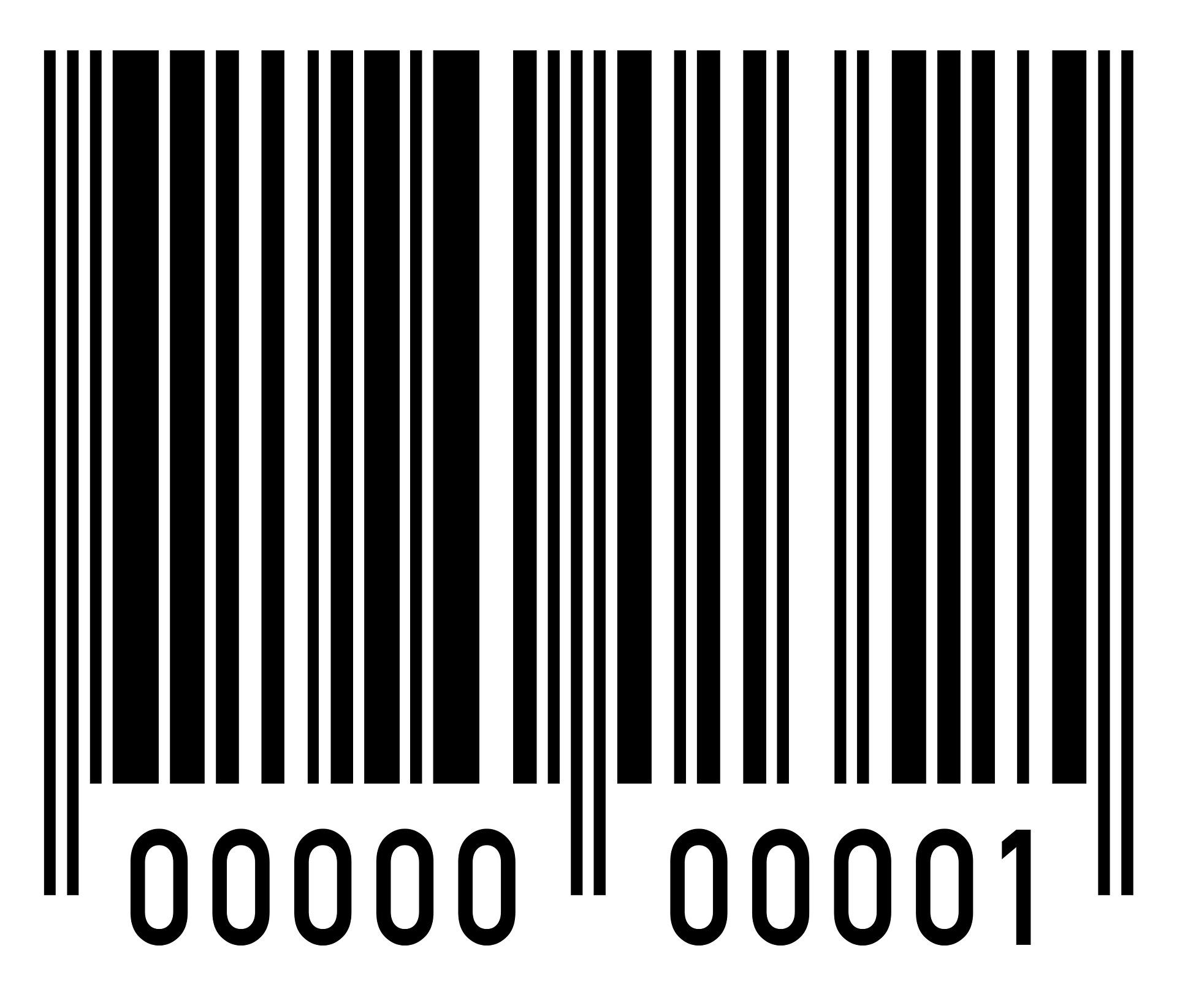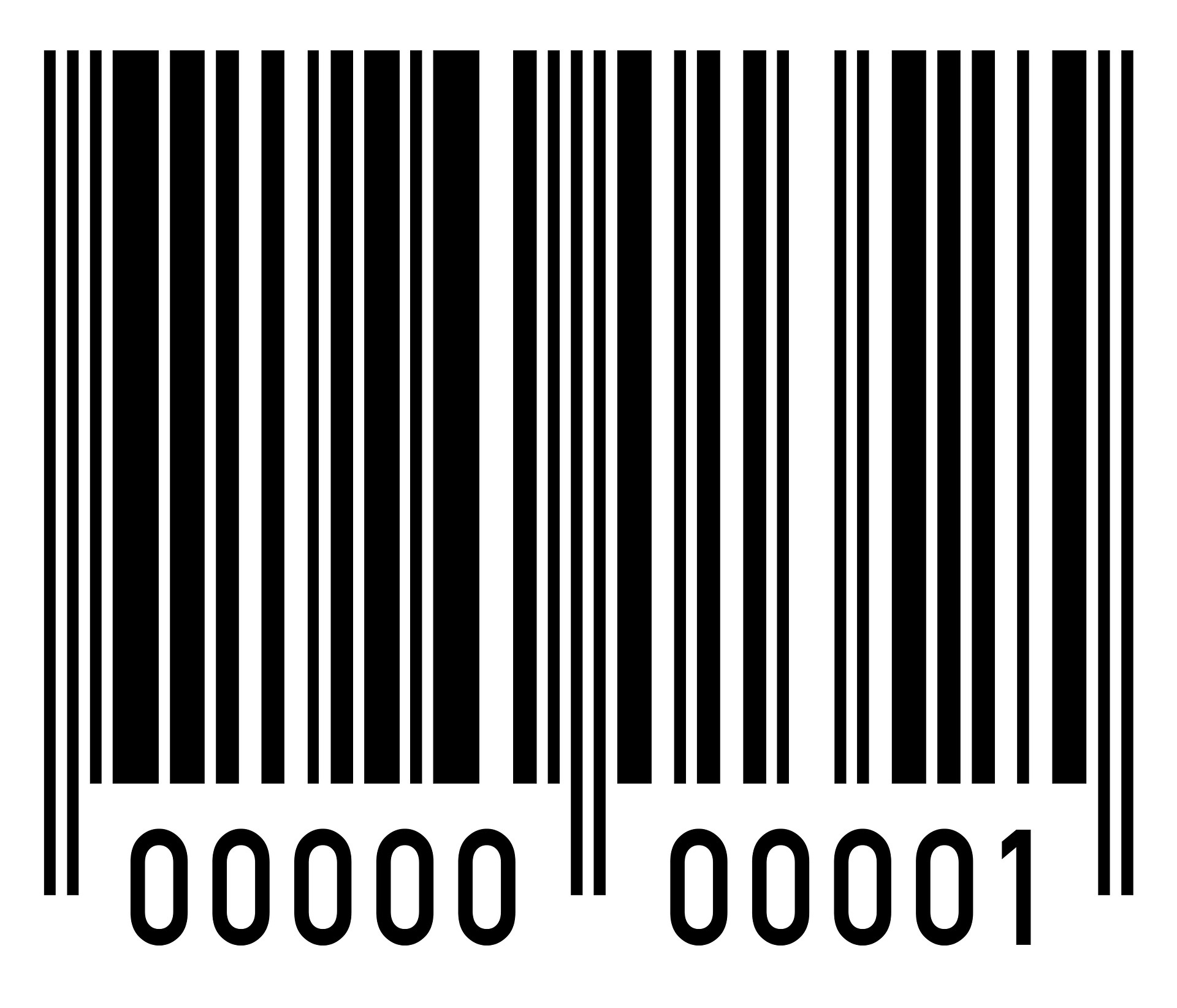
First, it is important to understand what exactly makes up a UDI. As defined in FDA’s final rule, a UDI is an alpha-numeric or numeric code on the device label, packaging or product, in both plain text and machine-readable format.
The two parts of a UDI
UDIs are made up of two parts:
1. A Device Identifier (DI)
The DI is the static portion of the UDI that is specific to a device version or model.
2. A Production Identifier (PI)
The PI is the more dynamic portion of the UDI that is made of the control or production information, such as the lot number, batch number, serial number, manufacturing date or expiration date.
It is important to note that individual PIs are not collected in FDA’s Global Unique Device Identification Database (GUDID). The GUDID only includes a section for the manufacturer to indicate what type of PI(s) the medical device will include.
Another important item to emphasize is that FDA is not prescribing how manufacturers should control their products. The final rule does not specify what PI(s) should be used. It recommends manufacturers continue to use the PI(s) that are currently used and have been deemed appropriate by the organization.
How to maintain good UDI information
In order to maintain the appropriate UDI information, manufacturers should select one of the FDA-accredited issuing agencies, GS1, HIBCC, or ICCBBA.
Once registered, manufacturers can use these issuing agencies to obtain DI information. Maintenance of the UDI also requires manufacturers to define when a new DI is required for a device.
FDA has stated that a new UDI is required when a change to a device results in a new model or version, where a version or model has been defined as all devices that have specifications, performance, size and composition within limits set by the labeler.
What requires a UDI?
Per FDA’s UDI regulation, the label of every medical device shall bear a UDI.
Here, the "label" is defined as a display of written, printed, or graphic matter upon the immediate container of any article. Additionally, every device package shall bear a UDI that meets the requirements of the UDI regulation.
"Device package" is defined as a package that contains a fixed quantity of a particular version or model of device, where UDI labeling is required on both the device primary package and higher levels of packaging. FDA provides an exclusion from UDI labeling to shipping containers, which are defined as containers used in the shipment or transportation of devices whose contents may vary from one shipment to another.
In the final rule, FDA describes additional devices that are excluded from the UDI regulation. These include devices commercially distributed on or before the products UDI compliance date, investigational devices, and devices intended for export (may be subject to UDI regional requirements for country of import).
Moreover FDA states that individual single-use devices that are distributed together in a package and then removed for use do not need to include the UDI on the individual device itself. Another important exemption for Class I devices is that they do not need to include PIs in the UDI, and some are even exclude from UDI requirements altogether.
To learn more about Unique Device Indication and new regulations, grab our free whitepaper: New Regulations On Unique Device Identification

